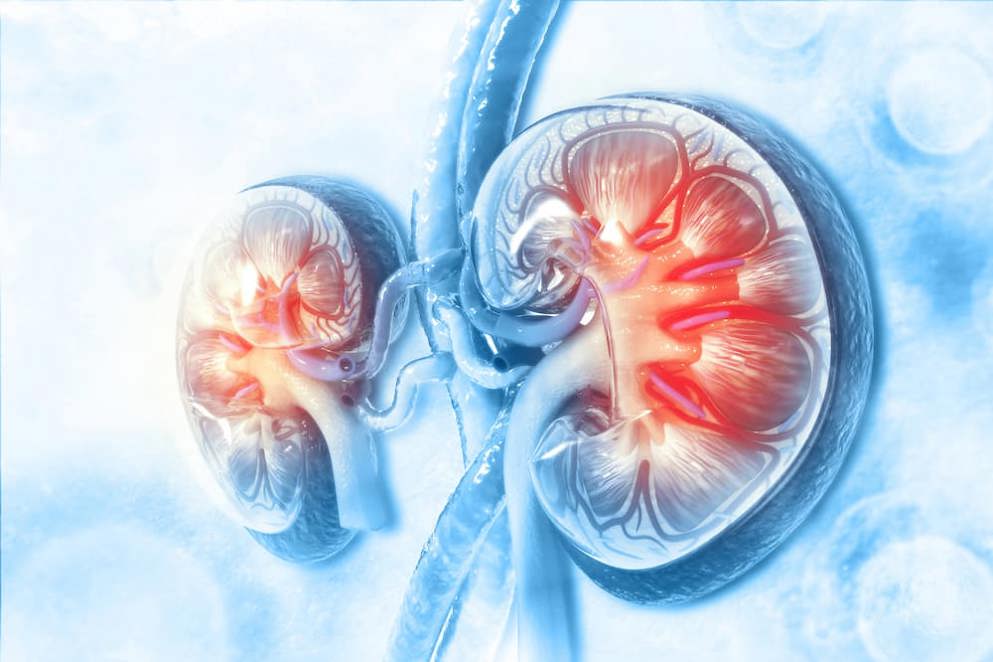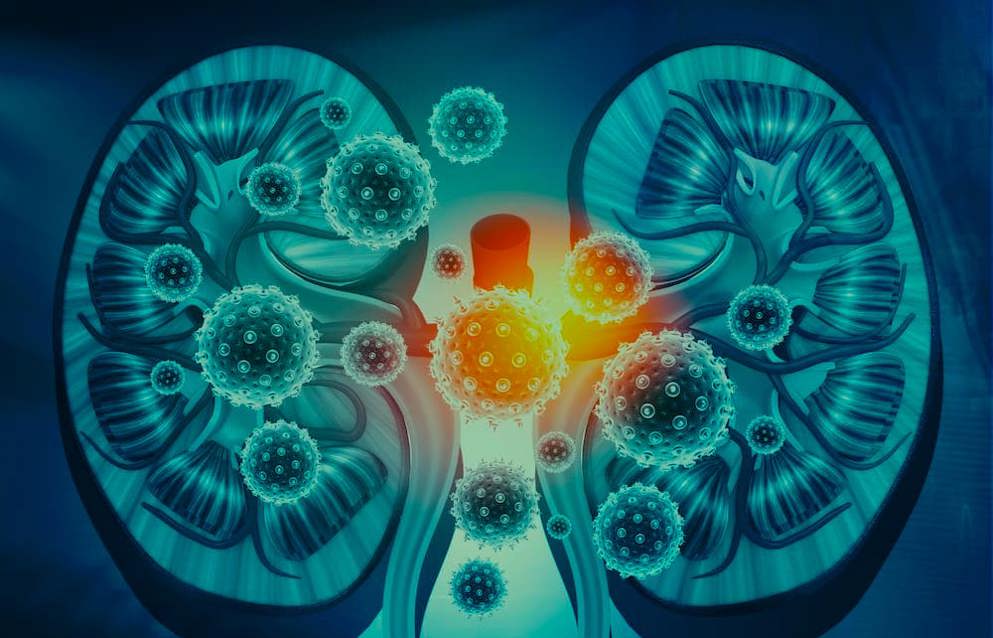Pain management in patients with chronic kidney disease and end-stage kidney disease
Pain management in patients with chronic kidney disease and end-stage kidney disease
Purpose of review: This review evaluates current recommendations for pain management in chronic kidney disease (CKD) and end-stage kidney disease (ESKD) with a specific focus on evidence for opioid analgesia, including the partial agonist, buprenorphine.
Recent findings: Recent evidence supports the use of physical activity and other nonpharmacologic therapies, either alone or with pharmacological therapies, for pain management. Nonopioid analgesics, including acetaminophen, topical analgesics, gabapentinoids, serotonin-norepinephrine reuptake inhibitors, and TCA may be considered based on pain cause and type, with careful dose considerations in kidney disease. NSAIDs may be used in CKD and ESKD for short durations with careful monitoring. Opioid use should be minimized and reserved for patients who have failed other therapies. Opioids have been associated with increased adverse events in this population, and thus should be used cautiously after risk/benefit discussion with the patient. Opioids that are safer to use in kidney disease include oxycodone, hydromorphone, fentanyl, methadone, and buprenorphine. Buprenorphine appears to be a promising and safer option due to its partial agonism at the mu opioid receptor.
Summary: Pain is poorly managed in patients with kidney disease. Nonpharmacological and nonopioid analgesics should be first-line approaches for pain management. Opioid use should be minimized with careful monitoring and dose adjustment.
Read abstract on library site Access full article





Hodgkin Lymphoma: Comments on ESMO Clinical Practice Guidelines
The ESMO for HL guidelines were based on results of studies whose results were available in 2018 and provided robust recommendations regarding treatment strategies designed on PET based staging and early response assessment.